Vision Pro Development: More Than Just a Technological Revolution – It’s a Mental Health Challenge
The Apple Vision Pro, a ground-breaking mixed-reality headset, has sparked significant interest in the tech world. This state-of-the-art device, which integrates augmented reality (AR) and virtual reality (VR) capabilities, has opened up new horizons for entertainment, productivity, and communication. However, as promising as this technology sounds, it brings about some crucial mental health considerations that need to be addressed. In this article, we delve into the mental health challenges this technological revolution brings with it.
Understanding the Vision Pro
The Apple Vision Pro offers a plethora of features designed to create a highly immersive user experience. From AR and VR integration, high-resolution display, spatial audio, eye and hand tracking, to custom design and Apple’s powerful M2 chip, the device is a showcase of cutting-edge technology. However, as the tech industry advances at a rapid pace, it is equally important to consider the impact of these technologies on users' mental health.
The Mental Health Challenge
Isolation from the Real World
One of the main concerns of using headsets like the Vision Pro for extended periods is the potential for users to feel isolated from the real world. This can lead to issues if users need to interact with others or need to remain alert to their surroundings. This social disconnect can lead to feelings of loneliness and detachment, which can adversely affect a person's mental health over time.
Eye Strain and Cognitive Load
Extended exposure to high-resolution screens and complex AR content can cause eye strain, similar to the fatigue experienced from prolonged screen time with smartphones or computers. Additionally, juggling multiple virtual screens or tools could overwhelm users mentally over extended periods, leading to cognitive fatigue and stress.
Emotional Impact
Long sessions in VR/AR could lead to emotional detachment or even a sense of isolation as users spend extended time in virtual environments. Some users may feel overwhelmed or stressed by prolonged sensory input from immersive environments, leading to burnout or dissatisfaction.
Mitigating the Mental Health Challenges
Although these challenges exist, they can be mitigated with thoughtful design and careful usage guidelines. Here are a few possible solutions:
Comfort Enhancements and Breaks
Improving the adjustable straps, face padding materials, and overall ergonomic design could enhance the comfort of users. Introducing reminders to take breaks, similar to the “Screen Time” feature on iPhones, could help users avoid eye strain and mental fatigue.
Natural Interaction and Control
Improving control methods, such as introducing more intuitive hand controllers or haptic feedback, would improve interaction in the virtual world and ease user fatigue. Giving users a method to interact with the real world without removing their headsets entirely could also help reduce feelings of isolation.
Encouraging Real-World Social Interaction
Encouraging users to take off the headset and interact with others in their environment periodically can help maintain a balance between the virtual and real worlds. This can help reduce feelings of isolation and detachment that may arise from long-term headset use.
Conclusion
While technological advancements like the Vision Pro offer exciting new possibilities, it is crucial to consider their potential impact on mental health. By considering these challenges during the development phase, we can ensure that the benefits of technological progress are enjoyed without compromising mental health and wellbeing.



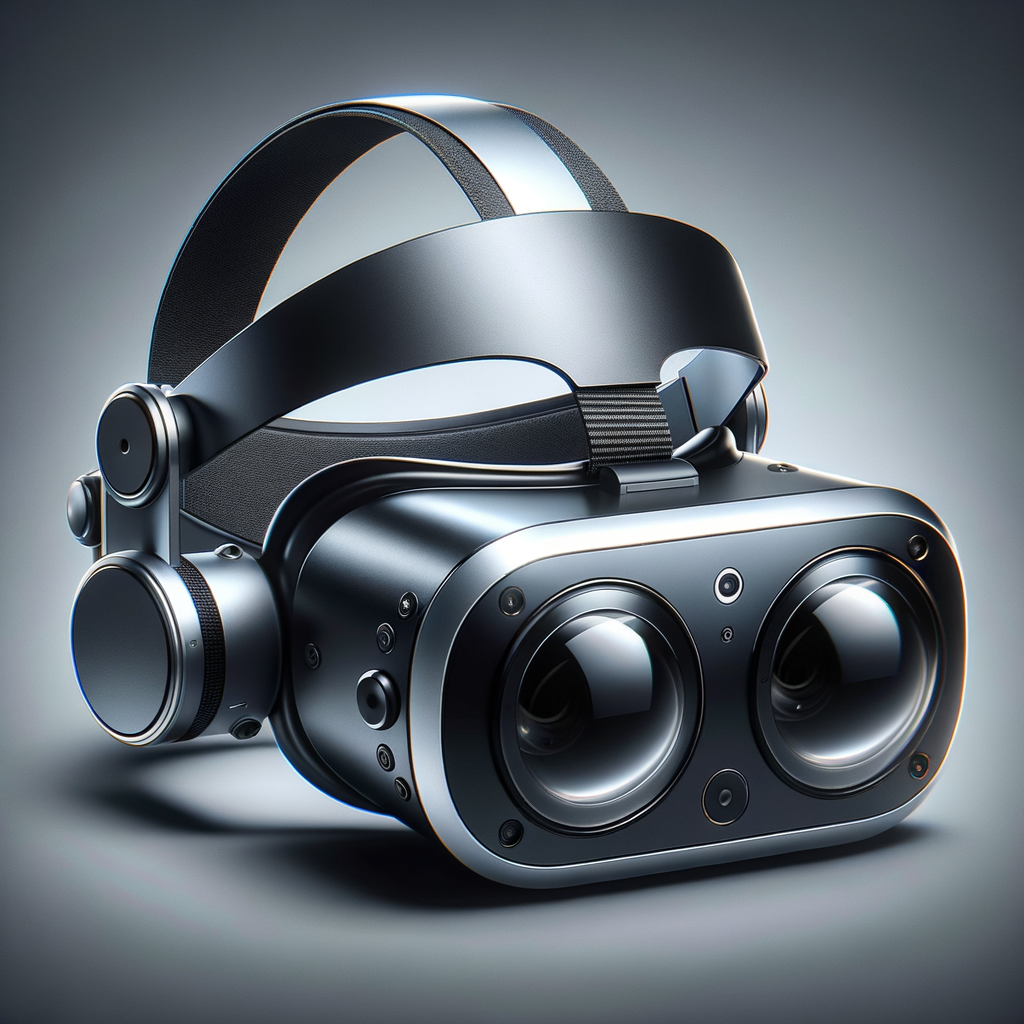
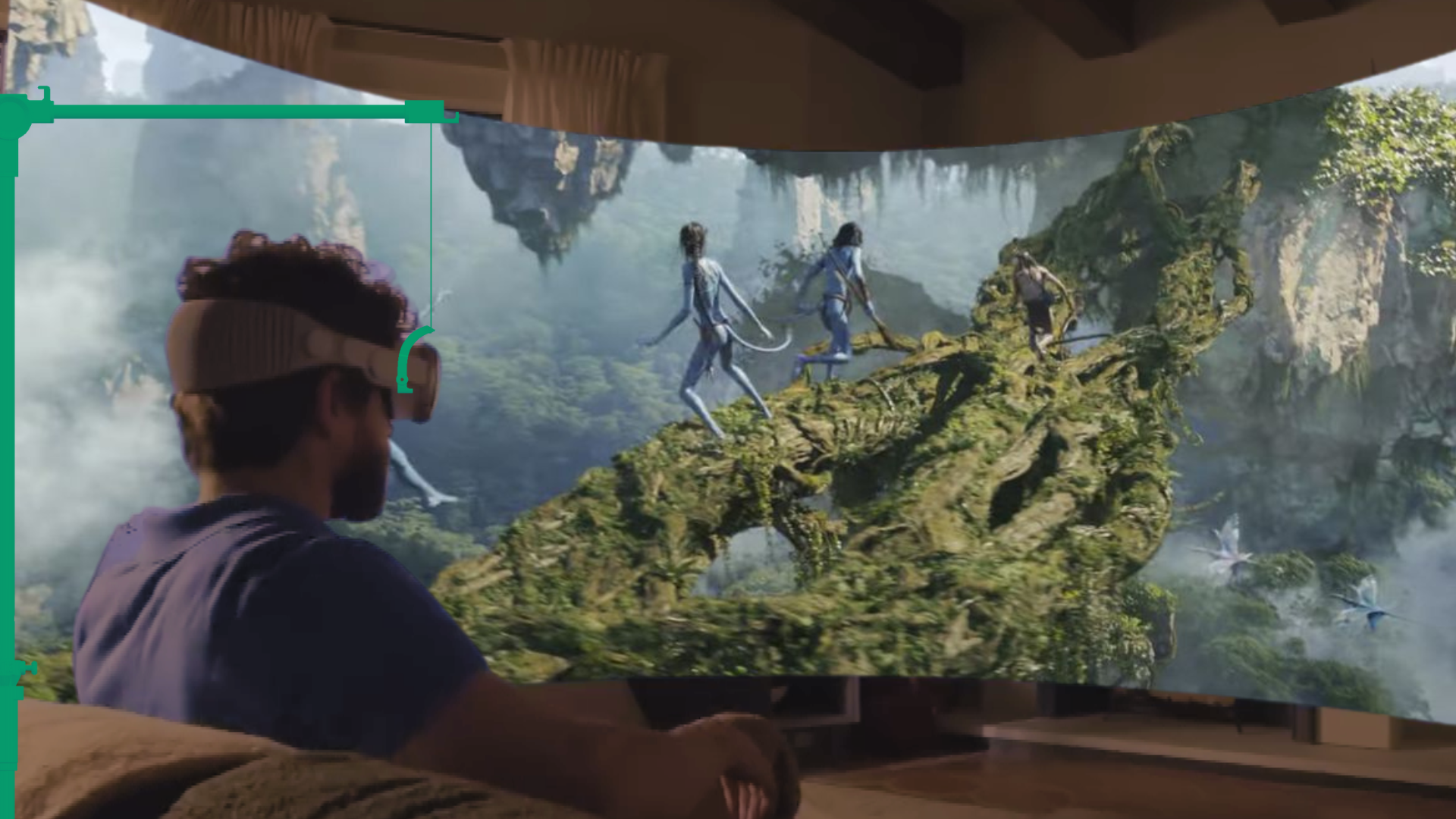
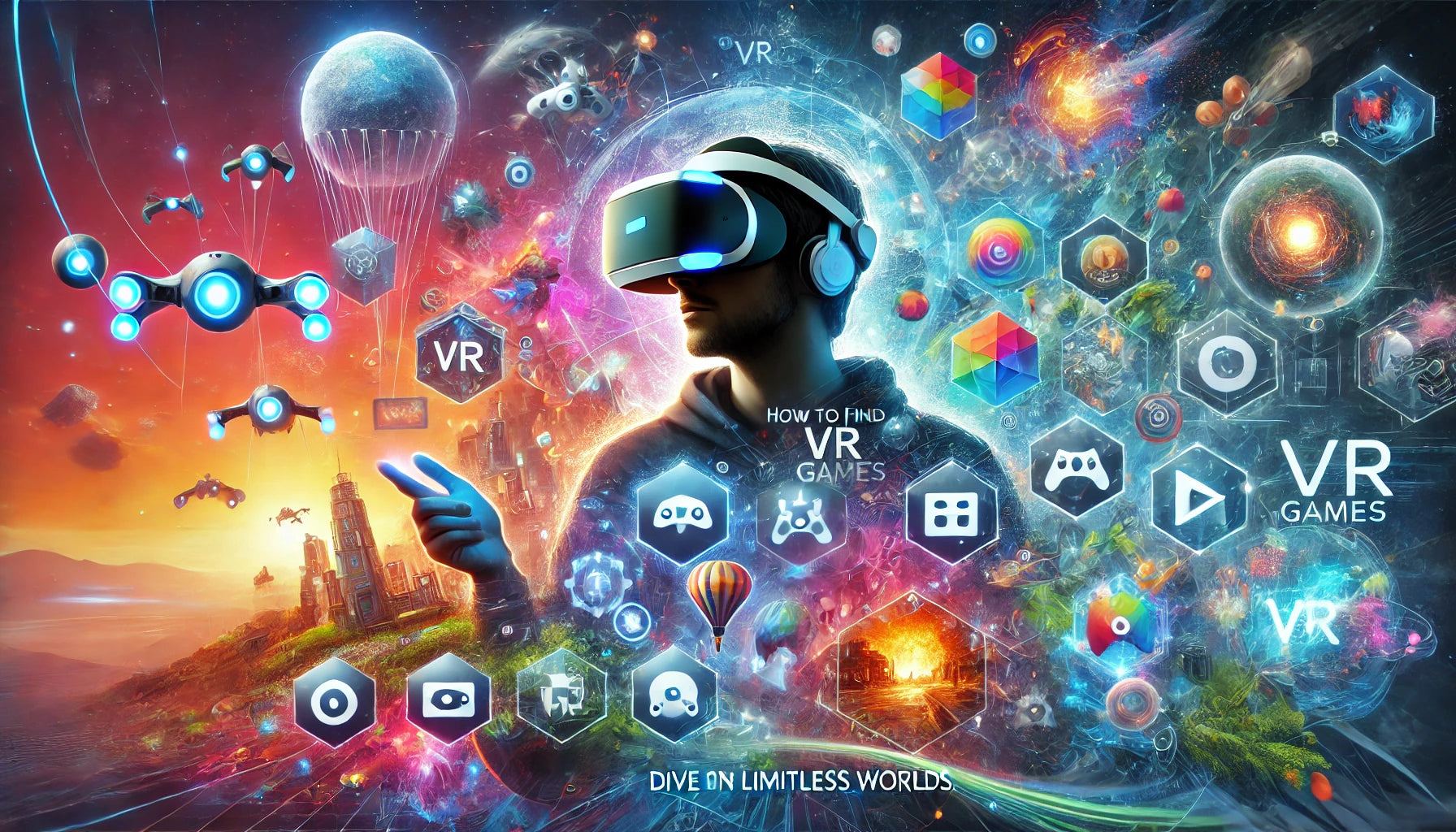
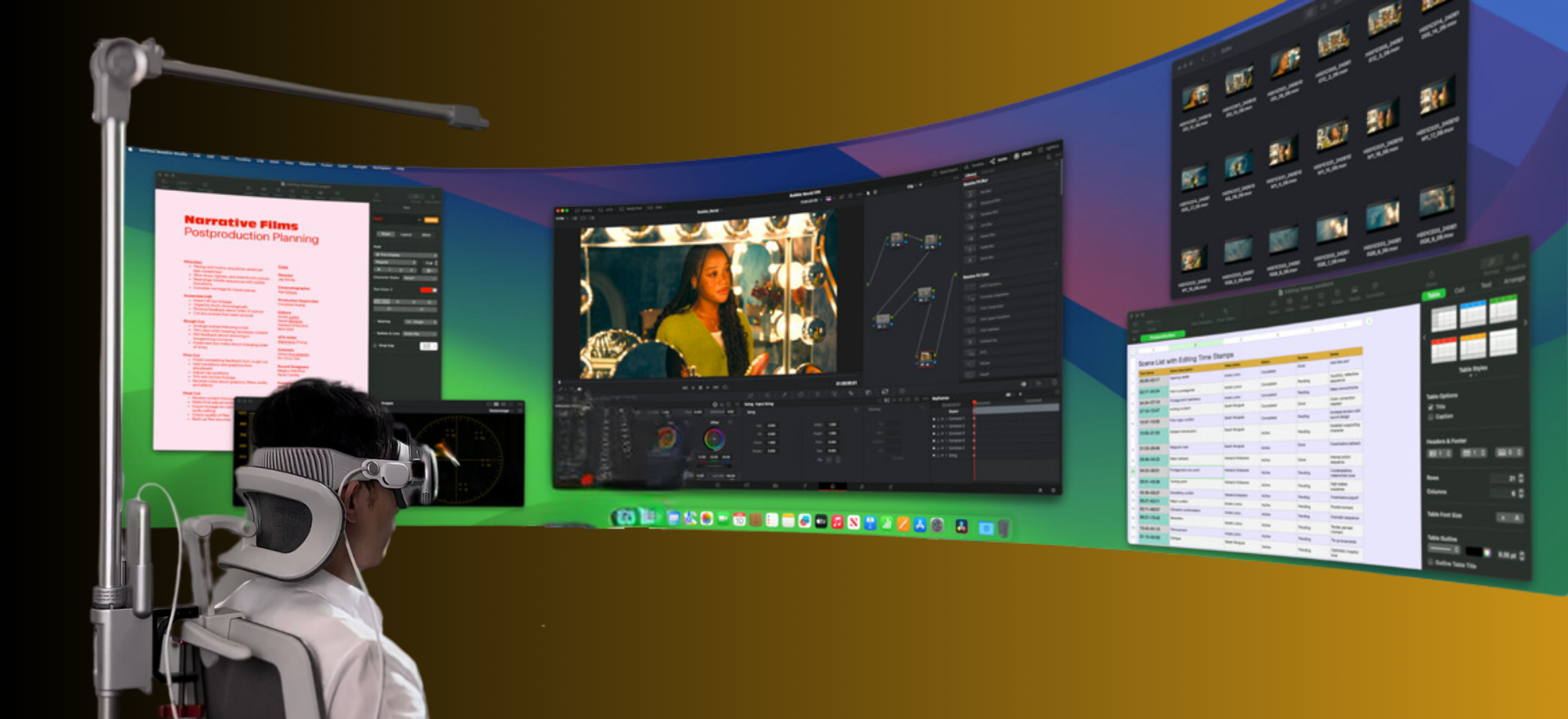
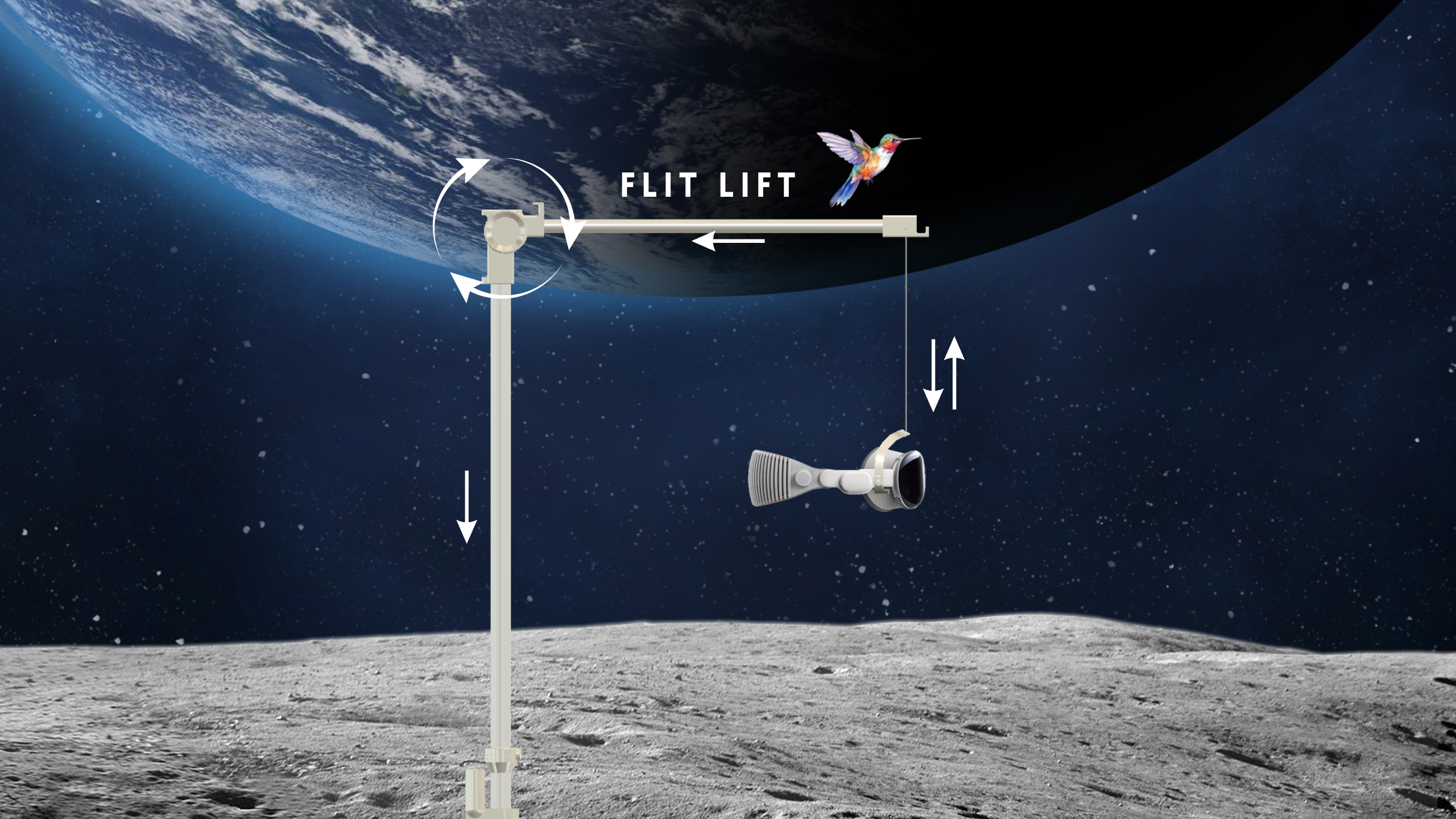
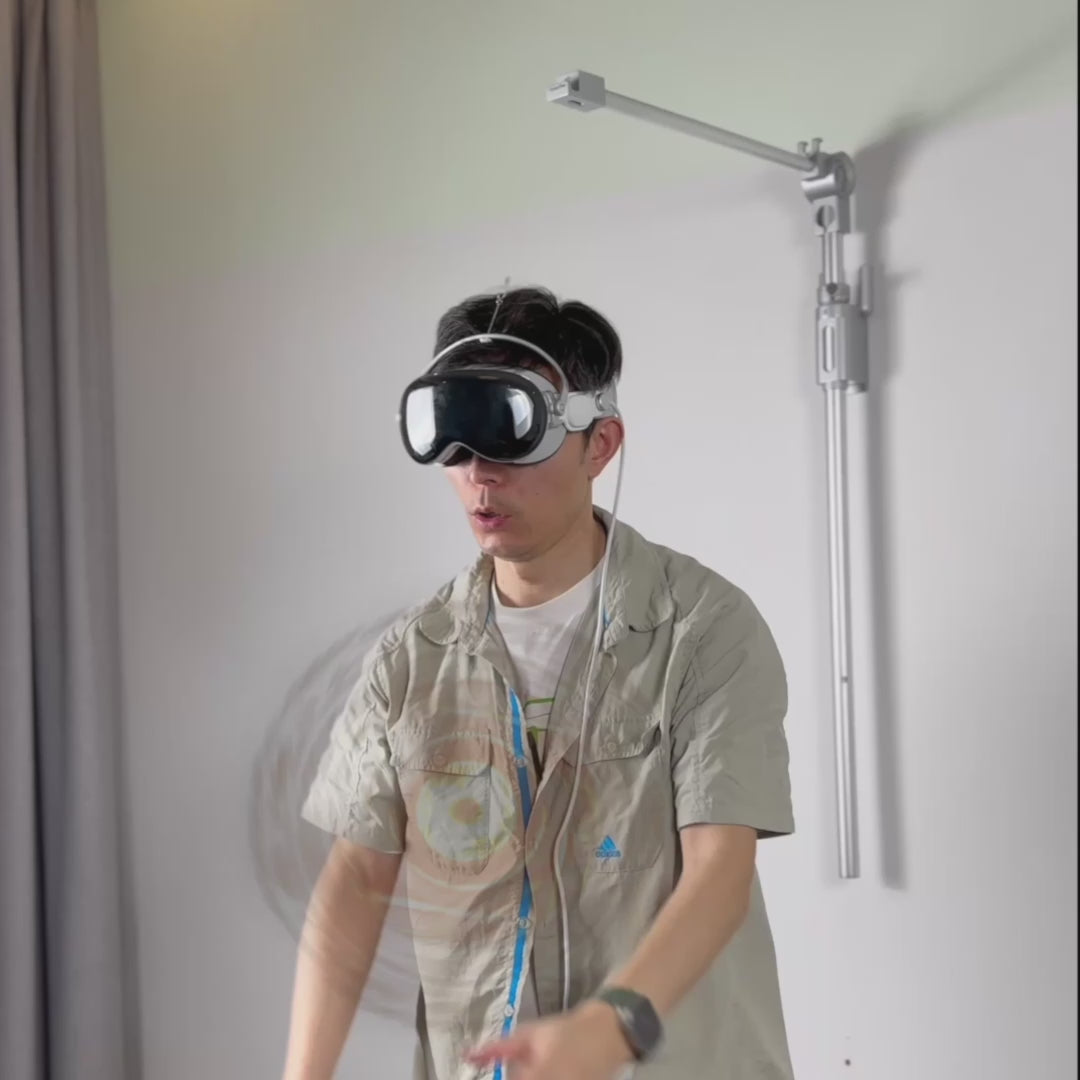
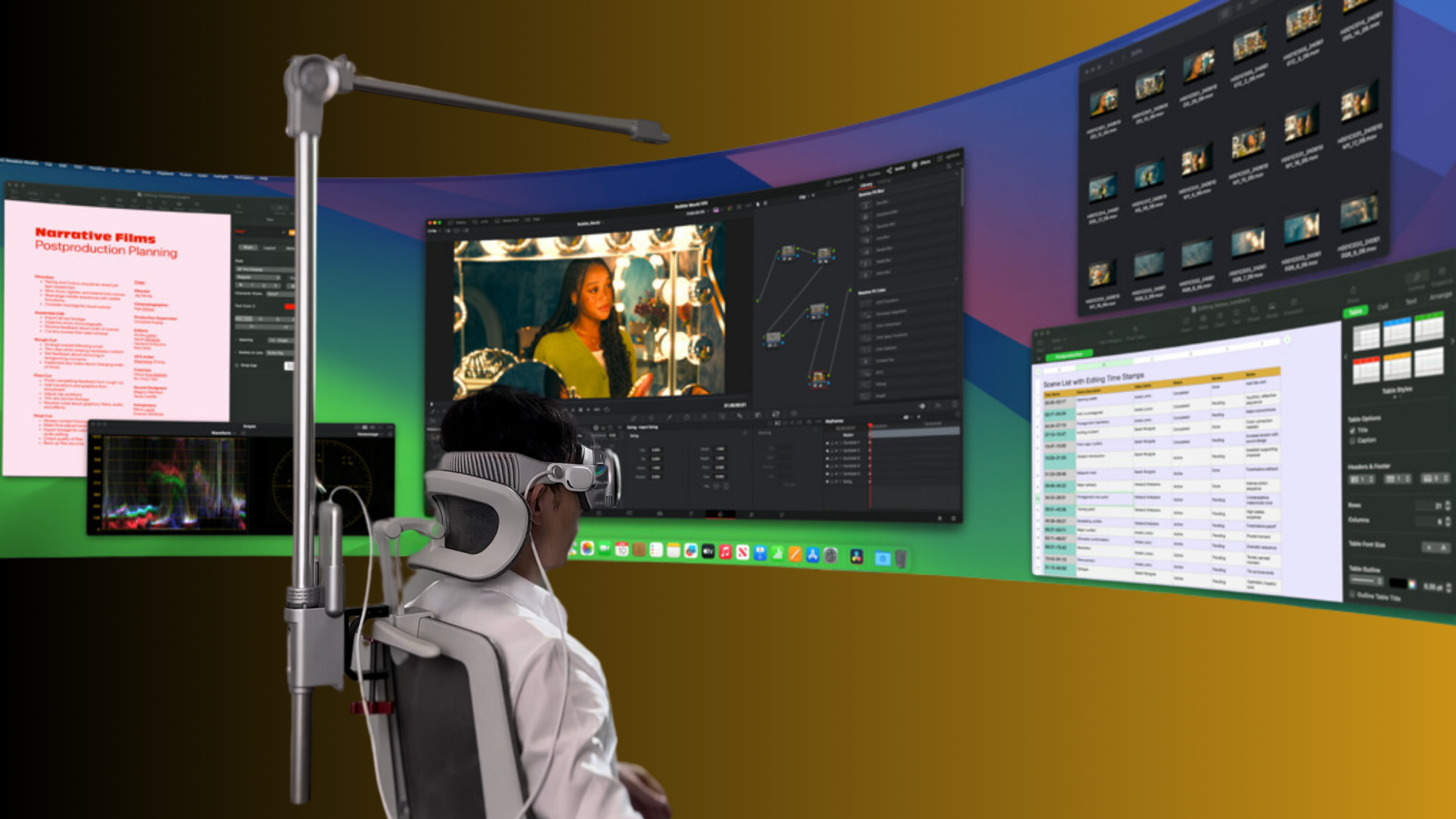
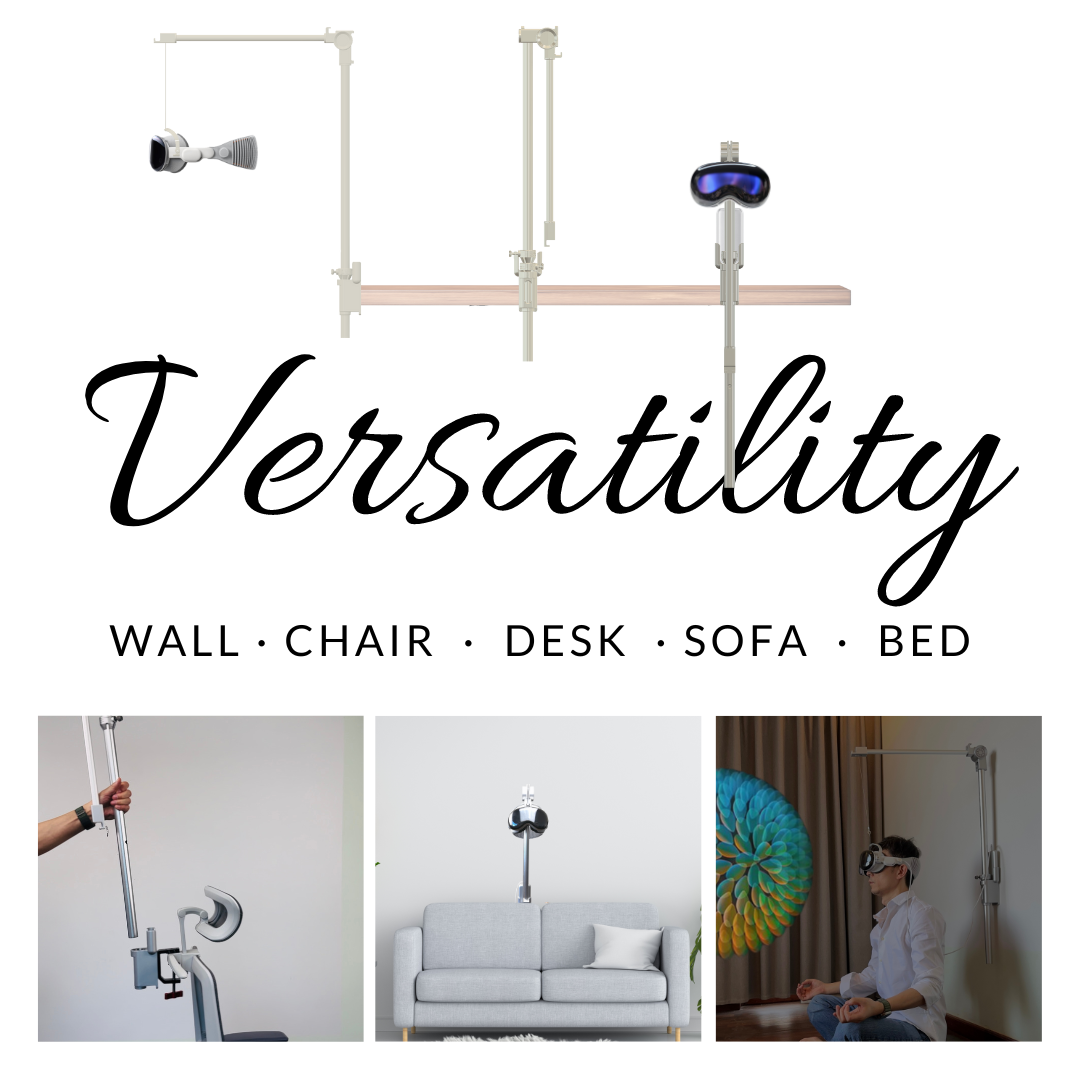
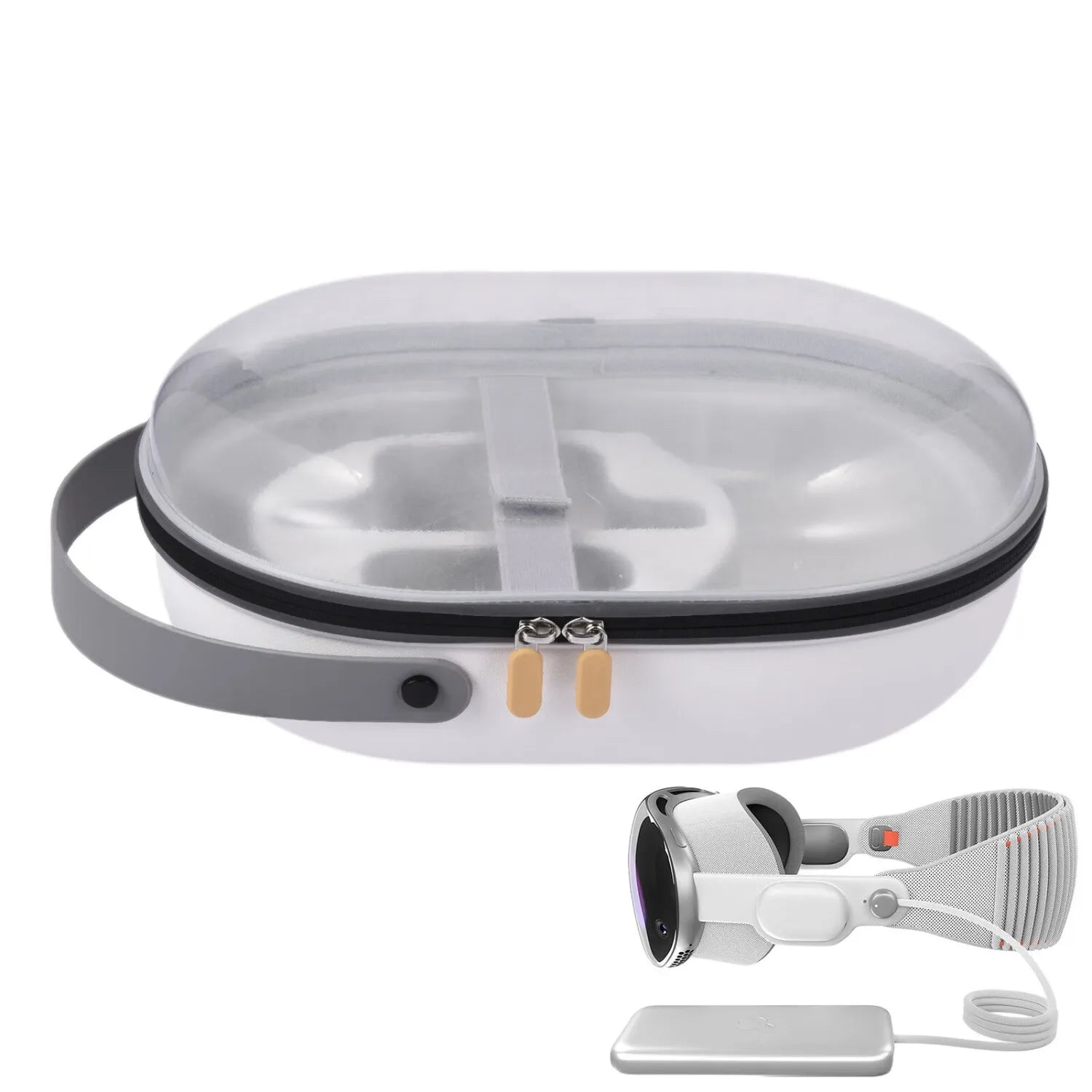
Share:
The Emotional Cost of Developing for Vision Pro: Burnout or Brilliance?
Vision Pro and the Changing Landscape of Developer Workloads